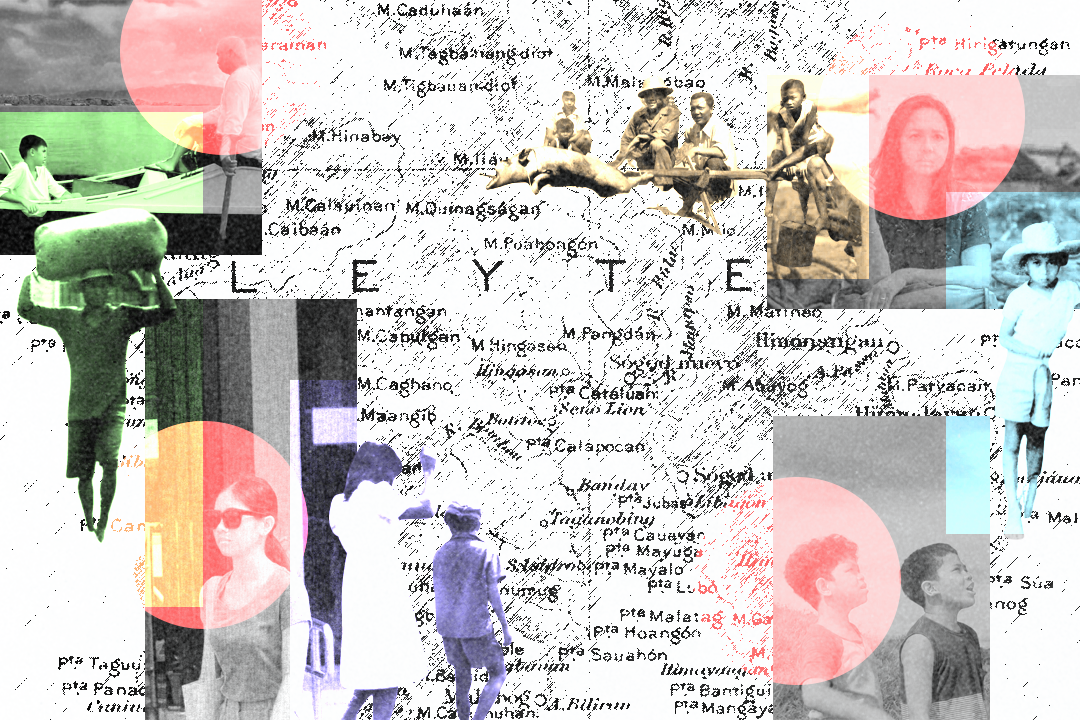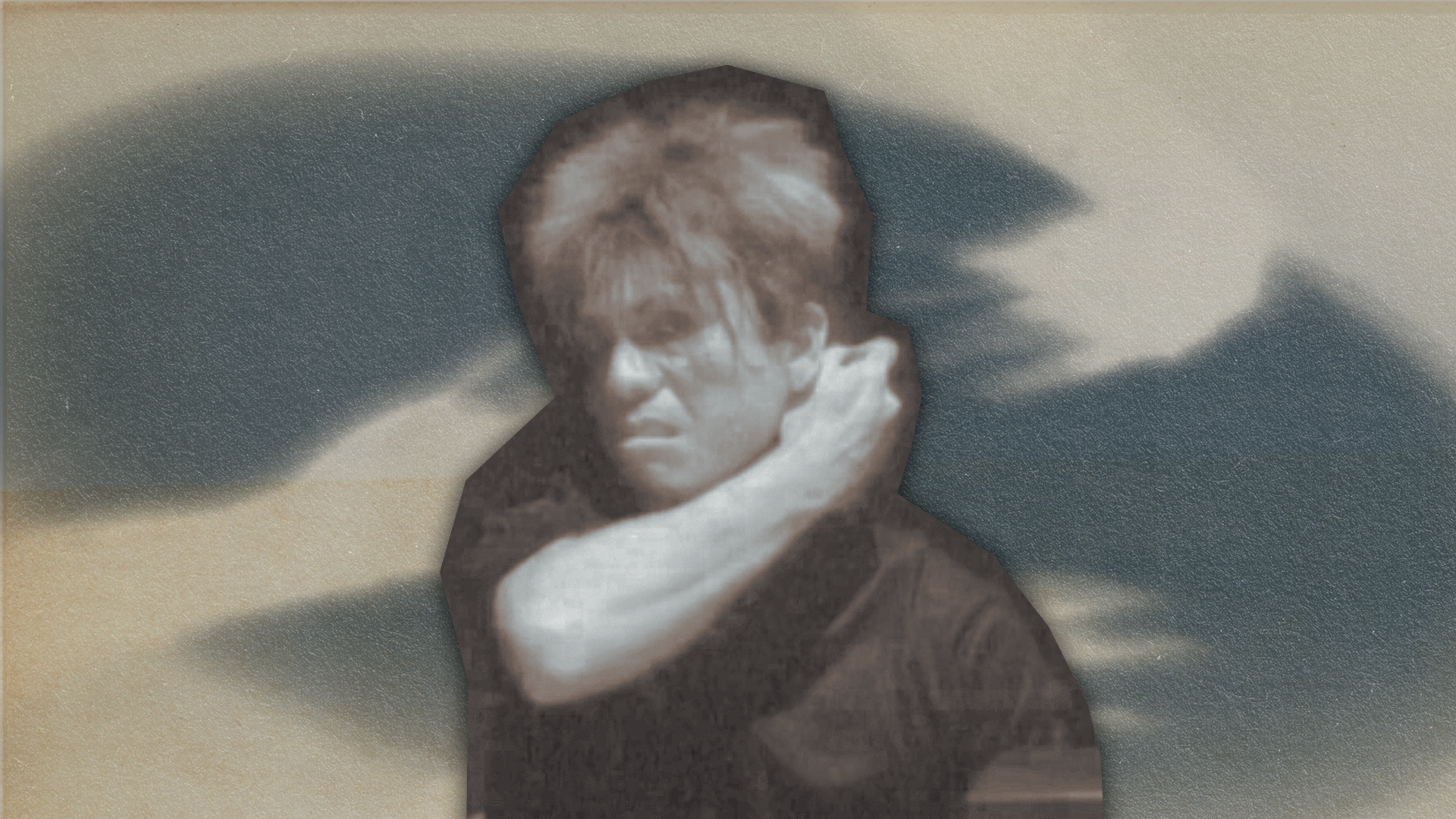LITTLE WOMEN – And the Movies After
LITTLE WOMEN – And the Movies After
Saoirse Ronan as Jo March in Little Women (2019).
It is Christmas morning. I am nine years old and had just unpacked a beautifully wrapped copy of Louisa May Alcott’s Little Women. As someone fresh off the boot from binge-reading the Twilight series, I was very disappointed with the book that fell into my arms. Little did I know the great impact it would have in my life.
This classic story follows the narrative of the March sisters, namely Meg, Jo, Beth, and Amy. We follow how these four sisters from a middle-class family experience life, each with their own ambition, talent, and individuality. We are introduced to Meg, the oldest and described as the most beautiful. She loves to act, and she loves pretty, expensive things like white, clean gloves and beautiful fabrics. Jo is the second oldest March sister; she is rambunctious and swears a lot, her sisters often hearing her exclaim the words “Christopher Columbus!”. She is clingy and afraid of losing the people around her. Beth is the quiet one. Her dolls are as close to her as her sisters, and she can often be found sat in front of her fortepiano, whether it be the out-of-tune one that has been with their family for years, or the little grand piano that Mr. Laurence eventually gives to her. The youngest March sister is Amy, who is often misunderstood. She has a mind of her own and goes to bed with a clip on her nose. These are our Little Women - we see ourselves in them, and we see our sisters and our friends in them.
Louisa May Alcott gives us a book about women, from a woman’s perspective. It is a timeless story that has outlived generations and will continue to do so in many years to come. To attest to this statement, I present to you a list of its adaptations – 2 silent movies, 4 feature films, 2 Japanese animated series, 10 television versions, and 4 on-stage adaptations. For the purpose of this featured article, I will focus on the four feature films I have watched, presented in order of chronological release.
LITTLE WOMEN (1933) dir. George Cukor
From left, Frances Dee (Meg), Jean Parker (Beth), Katharine Hepburn (Jo), and Joan Bennett (Amy) starring as the March sisters.
It is amazing to note the fact that the 1933 adaptation was produced only six years into the “talkie revolution.” Katharine Hepburn graced our screens with a beautiful portrayal of Jo March. She is exactly as Jo is presented in the books, and when compared to other on-screen Jo Marches, they fall completely flat compared to Hepburn’s supreme skill and delivery. Director George Cukor is able to orchestrate a magical attempt in capturing the feeling of warmth and enthusiasm on set, when only a few films could do so during that time. He focuses on the girls’ triumphs through adversity, but the film is mostly carried by the breathtaking confidence of Katharine Hepburn. While this is the first talking feature film of Little Women, it is definitely not the first movie I’d recommend among the adaptations. Instead of focusing on the March sisters, it felt like a star vehicle for Hepburn. I can’t help but feel that everyone else deserved more screen time than what was given them, most especially the breathtaking Joan Bennett, who executed the younger and older version of Amy March beautifully.
LITTLE WOMEN (1949) dir. Mervyn LeRoy
Elizabeth Taylor and Janet Leigh on the set of Little Women (1949).
Out of all of the adaptations, I believe it is the 1949 one that strays farthest from the book, where Amy is no longer the youngest daughter, and Jo, portrayed by the wonderful June Allyson, is perky where she should be temperamental and brooding. There are also instances in the movie that weren’t in the book that felt completely unnecessary such as Amy and Beth being present at a party, the two of them sitting comfortably at the stairs admiring the guests when they should, in fact, be at home waiting for Meg and Jo. Unlike the 1933 version, Mervyn Leroy makes sure that every one of his cast shines through, wherein he manages to breathe life into the otherwise seldom seen and often neglected character of Marmee through Mary Astor. The script of the movie ruins the girls’ authenticity for me, and the plotting and characterizations are lacking. Despite this, I find that this is my favorite casting of the Little Women, not necessarily because they were able to portray the characters well, but because of the amazing and talented group of actresses starring in it. All in all, the 1949 adaptation is a nice-enough melodrama, but somehow fails to tug on one’s heartstrings the way other adaptations do.
LITTLE WOMEN (1994) dir. Gillian Armstrong
The March sisters (from left, Winona Ryder, Trini Alvarado, Kirsten Dunst, and Claire Danes) surrounding Marmee (Susan Sarandon) as portrayed in the 1994 adaptation of Little Women.
When I hear the words Little Women, I associate it with the feeling of being cooped up in my room on a rainy Sunday afternoon, underneath a warm afghan with hot chocolate at the ready. That is exactly what the book makes you feel like, and the 1994 adaptation is the closest that has given me that same overwhelming sense of comfort. This version is overall the best, with a star-studded ensemble. It also proves how different a movie about women feels like when a woman directs it. Out of all of the on-screen Lauries, it is Christian Bale who has captured the character’s essence the most – he is in love, rich, smart, and so much like the Teddy we fall in love with in the book and the man he turns out to be after getting rejected by Jo. The same sentiment goes with the often-overlooked Beth March, where Claire Danes was able to portray her in a manner that no other on-screen Beth March could. She showed her frailty, her devotion, her sadness in being left behind and knowing she was never going to move forward. I have big admiration as well for Armstrong’s choice to cast two different actresses for the young and older role of Amy March. This adaptation is not only the most faithful to its source material, but also has the ensemble that captures the essence of Louisa May Alcott’s characters the best. It is to this film that I return to time and time again, and up to this day, it remains one of my favorite films.
LITTLE WOMEN (2019) dir. Greta Gerwig
Saoirse Ronan as Jo March and Timothée Chalamet as Theodore “Laurie” Laurence.
If Armstrong’s version is the closest to the book, it is Greta Gerwig’s adaptation that has the most to say. Unlike its predecessors, the 2019 adaptation is able to play with the timeline in a way that works in its favor once the audience settles into its rhythm, switching between flashbacks and present-day scenes in order to create a story that delivers unexpected emotional blows. Some of its stellar cast delivers magnificent and formidable performances, such as that of the matriarch we love so much played by the incomparable Laura Dern, to the four-time Academy Award nominee Saoirse Ronan. The rest of the cast fails to meet expectations, such as Emma Watson who falls flat by making Meg March one of the most uninteresting characters that the film has to offer. Eliza Scanlen can’t help but be overshadowed by her co-cast members, but it might be more of the screenplay’s fault than hers. This would have been one of my favorite performances of Florence Pugh, yet I find her portrayal of a young Amy March to be unconvincing, and quite annoying as she comes off as an older woman acting like a child instead of an endearingly spoiled young girl. All in all, the plusses of the film outweigh the negatives as Greta Gerwig creates a greater emotional arc than any other adaptation before hers. The tweaks and changes she made from the original material such as Jo remaining single instead of getting married to Professor Bhaer is praiseworthy, and so much in line with what the movie has to say, and what Little Women is about. The modern-day ideas that were merged in this iconic telling of a timeless family was able to expand this version beyond a simple adaptation, and Greta Gerwig falls nothing short of a sensation.
It is 153 years later, and the March sisters are anything but ‘little’ women – they are in fact, the very opposite. Up to this day, their relevance is ever-growing and the March sisters remain larger than life, living in all of the hearts that were touched by their stories. Meg teaches us love, Beth imparts kindness, Amy pursues individuality, and Jo gives us what we need the most - empowerment. These are the March sisters – and we see them in the women in our lives, and in ourselves. Here’s to many more adaptations to come, and lives to be touched because our Little Women will be interesting forever.






















